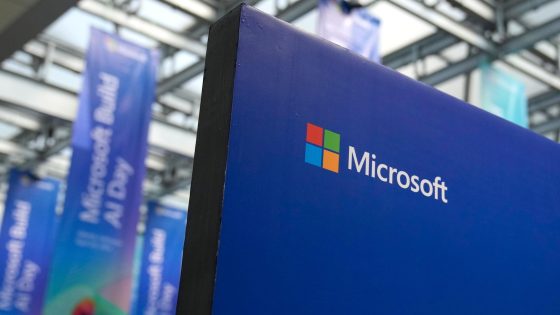When the state-owned Forestry Corporation of New South Wales released data on its logging activity, several observant citizens noticed something disturbing. Much of the timber being gathered was located inside the proposed Great Koala National Park, which has been set aside to be used as a future protected koala habitat.
The community members ran a new analysis of the logging activities, which found that in reality, only 27% of trees required to be protected as koala habitat was actually being protected. Up to 19,000 hectares (approximately 47,000 acres) is set to be destroyed within the next year, CityHub reported.
Part of the issue is that the park’s boundaries have not yet been determined, which has enabled the Forestry Corporation to utilize a sneaky loophole in its approach for an entire year, the news outlet suggested.
“Renewable timber is harvested in carefully planned operations. … Only a tiny percentage of State forest land is harvested each year to ensure a sustainable supply of timber into the future,” the Forestry Corporation website reads.
Given the statement, anyone might think that the NSWFC operated with sustainability in mind. But according to CityHub, it’s clear that the group is trying to “take as much timber as possible before the boundaries of the proposed park are finalized.”
Nature Conservation Council CEO Jacqui Mumford was furious.
Watch now: Uber-wealthy couple makes unprecedented move with $300 million land
“The fact is that this is some of the most important intact koala habitat in the state and it should be protected, not put on the chopping block, while decisions are made about the National Park,” she said, per the news outlet. “It is untenable that so much has been destroyed, and will be destroyed in the coming year, before these areas have been assessed.”
Thanks to the NCC and other vocal community activists, NSW environment minister Penny Sharpe decreed that a moratorium on logging would immediately go into effect, but it only impacted 5% of the proposed park.
“We can’t afford another year of destruction of this key koala habitat,” Mumford said. “Otherwise come 2050 we might have a Great Koala National Park without any koalas.”
The proposed park is home to almost 20% of the remaining wild koalas in New South Wales, according to the National Parks Association of NSW.
“It is only thanks to the quick and diligent work of the community that this pre-logging survey has been revealed as unlawful and catastrophic for the koalas,” Legislative Council member and environmental spokesperson Sue Higginson said, per CityHub.
If you’re inspired to take local climate action like these NSW community members, you can start by voting for environmentally minded politicians and staying educated about greenwashing.
Join our free newsletter for cool news and cool tips that make it easy to help yourself while helping the planet.
Source Agencies

